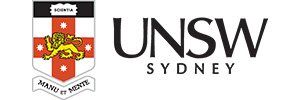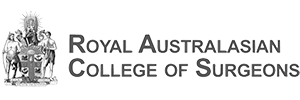Rhabdomyosarcoma
What Is a Rhabdomyosarcoma?
Rhabdomyosarcoma is a type of cancer that affects muscle tissue. It can occur anywhere in the body, but is more commonly seen in the head and neck region and trunk, then extremities (arms and legs).
Who Do Rhabdomyosarcomas Affect?
Rhabdomyosarcoma can occur at any age however mostly affects children and teenagers. It is the commonest cause of sarcoma’s in children.
What Causes a Rhabdomyosarcoma?
The cause of rhabdomyosarcomas is unknown. Children with certain rare genetic conditions, such as Li Fraumeni syndrome, are more likely to develop rhabdomyosarcomas.
Symptoms of Rhabdomyosarcoma
The commonest symptom with rhabdomyosarcoma’s is the development of a painless lump. Other symptoms depend on the site of the tumour or if it has spread elsewhere in the body, these include:
- A tumour in the head and neck can cause a blockage or discharge from the nose or throat. If it develops behind an eye it may cause visual difficulties or the eye to appear swollen.
- A tumour developing within the abdomen can cause abdominal pain or problems with bowel function (constipation).
- A tumour in the bladder can cause difficulties urinating or blood to appear in the urine.
How is Rhabdomyosarcoma Diagnosed
A doctor will do the following tests to diagnose rhabdomyosarcoma:
- Medical History - to review disease symptoms and risk factors
- Physical Examination - performed to check for any symptoms of disease, such as a lump.
- Imaging - Tests that take pictures inside the body, such as X-ray, MRI, CT scan.
- PET CT – A test to look for cancerous cells that may have spread around the body.
- Biopsy - The doctor may also order tests that include removing a sample of tissue from the body for analysis
Surgical Treatment for Rhabdomyosarcoma
Surgery
A surgeon will cut out the tumour with some normal tissue around it. Surgical removal, also called excision, it is used in conjunction with chemotherapy..
Non-Surgical Treatment for Rhabdomyosarcoma
Chemotherapy
Chemotherapy involves injecting drugs into the bloodstream. The medications either destroy or prevent cancer cells from growing and spreading. Chemotherapy is given to most children with rhabdomyosarcoma to reduce the chances of the tumour returning. Chemotherapy can be given before surgery (to help shrink the tumour) or after surgery (to stop the tumour returning).
Radiation
Radiation therapy uses intense energy beams (typically high-energy X-rays) to destroy or slow the growth of cancer cells. This is used after surgery to stop tumour re-occurring, or as an alternative to surgery , if surgery is not possible.



